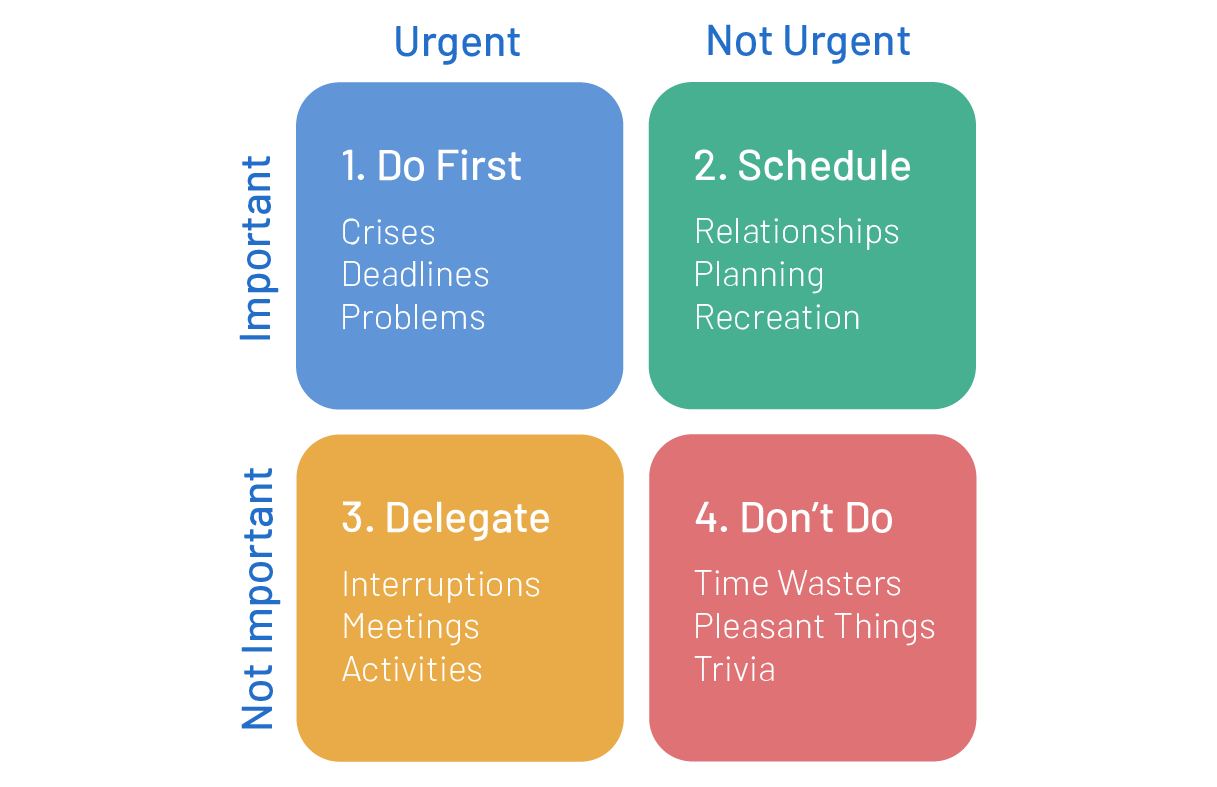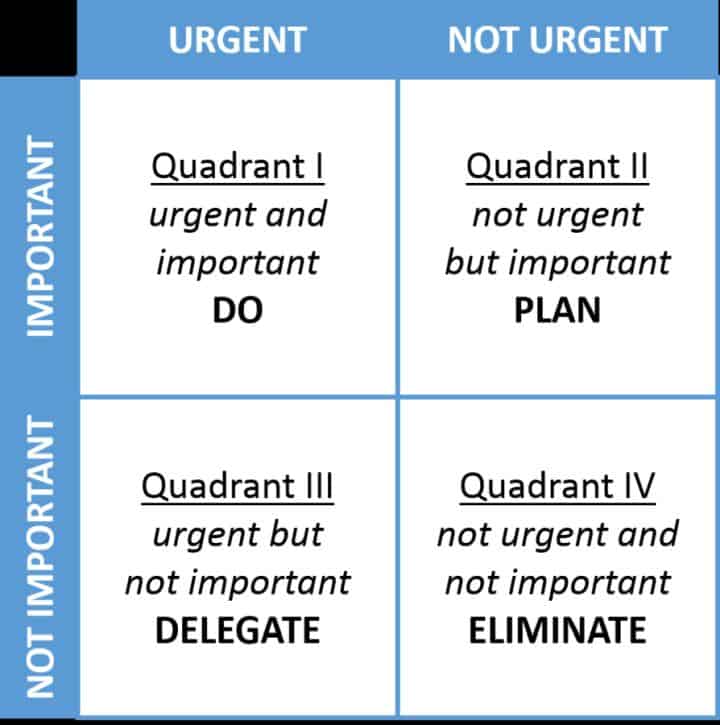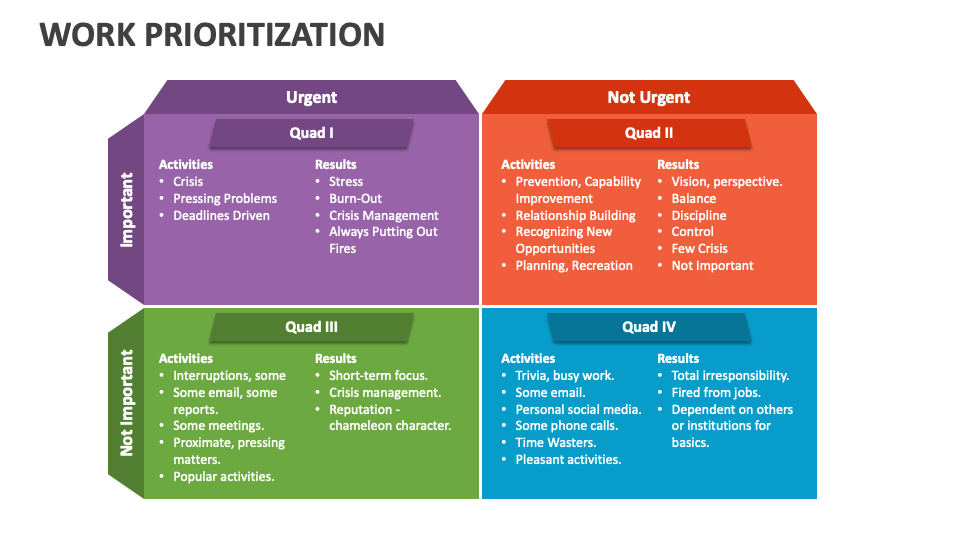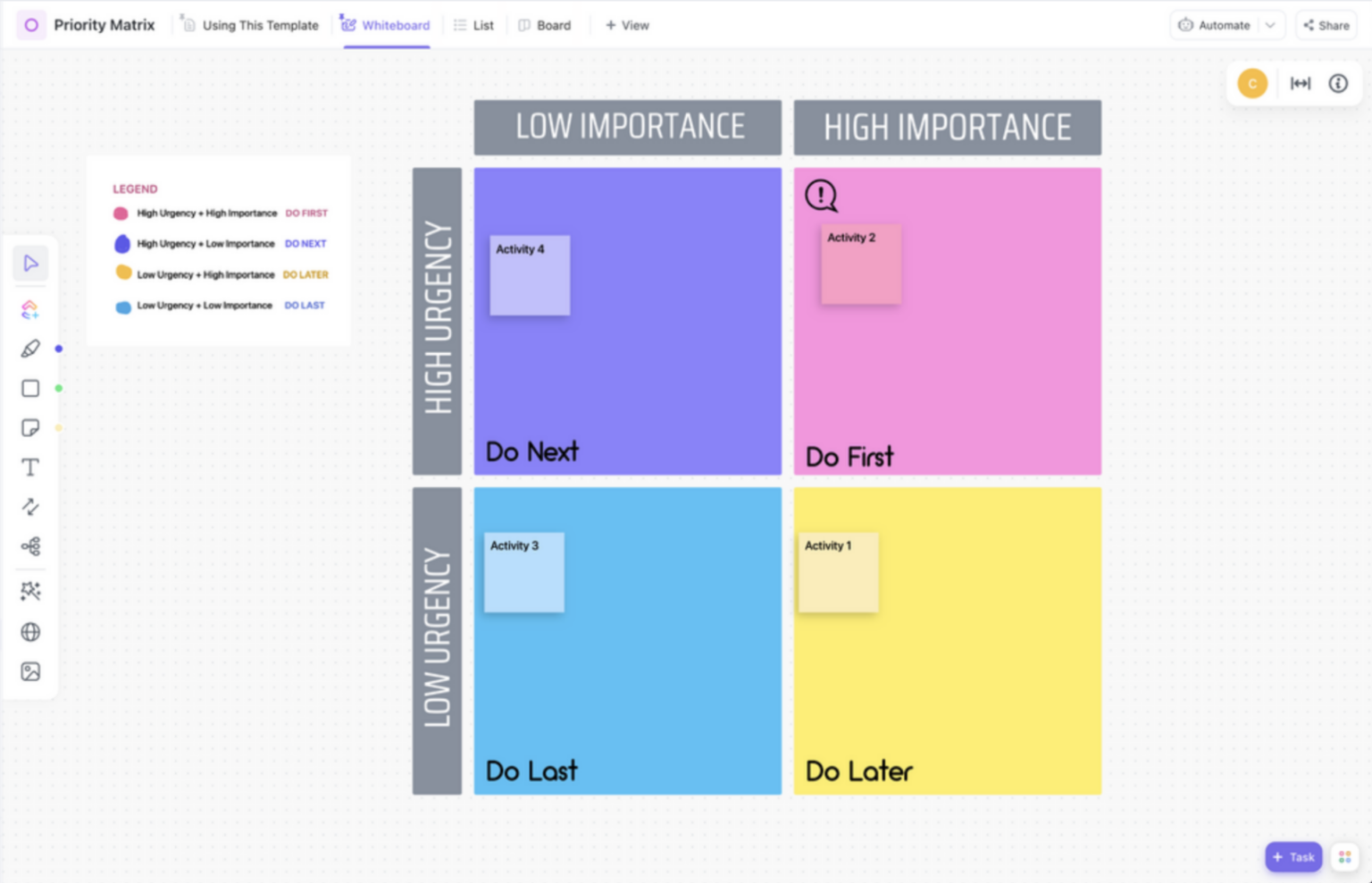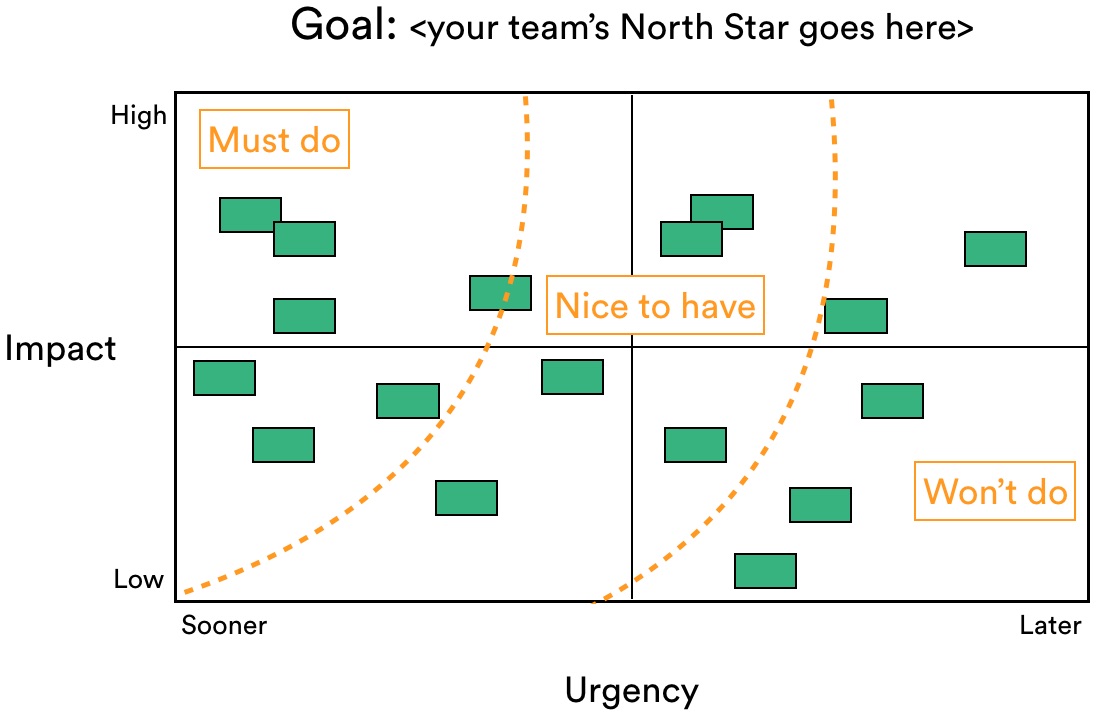How To Prioritize Projects At Work

Struggling under a mountain of work? Unclear project priorities are crippling productivity across industries, costing companies valuable time and resources.
Mastering project prioritization is crucial for survival in today's competitive landscape. Learning to strategically allocate your efforts can dramatically improve efficiency and outcomes.
Assess Project Value and Alignment
First, quantify the value of each project. How does it contribute to strategic goals?
Analyze potential revenue, cost savings, and market share gains. Prioritize those that closely align with company objectives and have the highest potential return on investment.
Understand Project Urgency and Deadlines
Determine the deadline and urgency of each project. Immediate deadlines and critical milestones must be handled accordingly.
Classify projects by a 'time-sensitivity' metric; consider also the cost of delay. Focus on urgent deliverables that impact critical timelines.
Evaluate Required Resources and Dependencies
Assess the resources needed to complete each project. Identify potential dependencies and bottlenecks.
Confirm that teams have the necessary skills, tools, and budgets. Re-prioritize if there are resource constraints that jeopardize completion.
Use Prioritization Frameworks
Apply structured methods such as the Eisenhower Matrix, the MoSCoW method, or the Weighted Scoring Model.
The Eisenhower Matrix helps categorize tasks by urgency and importance. The MoSCoW method (Must have, Should have, Could have, Won't have) assists in defining requirements based on priority.
Communicate and Collaborate
Share your project priorities with your team and stakeholders. Ensure everyone understands their roles and responsibilities.
Foster open communication and solicit feedback to optimize task management. Regular alignment meetings mitigate confusion and increase transparency.
Regularly Review and Adjust
Prioritization is not a one-time task. The needs of the project may change over time.
Reassess priorities based on project status, market dynamics, and changing business objectives. Flexibility is paramount to ensure optimum execution.
Data Shows: Impact of Prioritization
A recent study by the Project Management Institute (PMI) revealed that organizations with effective prioritization processes are 60% more likely to meet project goals. Companies such as Google and Amazon use advanced methods to allocate resources and ensure alignment.
This leads to not only a substantial increase in project success rates but also improved employee satisfaction and reduced burnout rates. Ultimately, better project prioritization translates directly into enhanced profitability and stronger competitive advantage.
Next Steps
Begin by implementing a pilot prioritization framework on a small selection of projects. Track progress and gather data to refine the process.
Consider seeking training in project management methodologies or consulting with experts. Investing in prioritization skills ensures consistent delivery of key initiatives and fuels sustainable growth.
